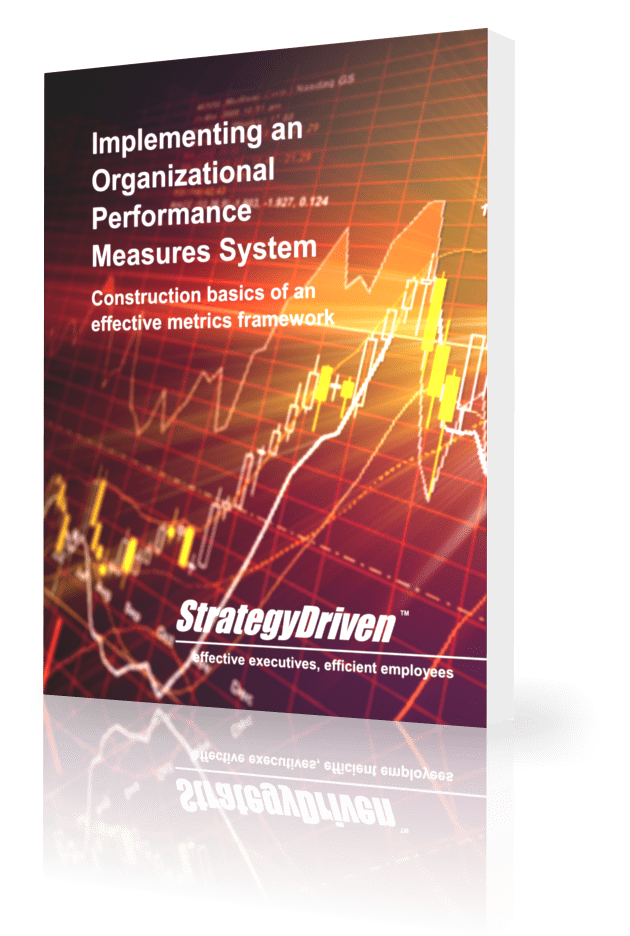Golden Rules for Dealing with Asian Businesses, part 2 of 3
6. Never cause anyone to lose face
No understanding of Asian mentality is complete without a grasp of the concept of face. Having face means having a high status in the eyes of one’s peers, and it is a mark of personal dignity. You should always be aware of the face factor in your dealings with Asians and never do or say anything that could cause someone to lose face.
7. Suggestions, especially criticism, must be indirect
Open criticism, especially of a personal nature, is taboo in Asian cultures. If one disapproves of a statement or course of action, alternatives may be suggested in a humble manner, as indirectly as possible (“we tried something like that last year… ” or “another thing we found useful… “).
Hi there! This article is available for free. Login or register as a StrategyDriven Personal Business Advisor Self-Guided Client by:
Subscribing to the Self Guided Program - It's Free!
About the Authors













Leave a Reply
Want to join the discussion?Feel free to contribute!